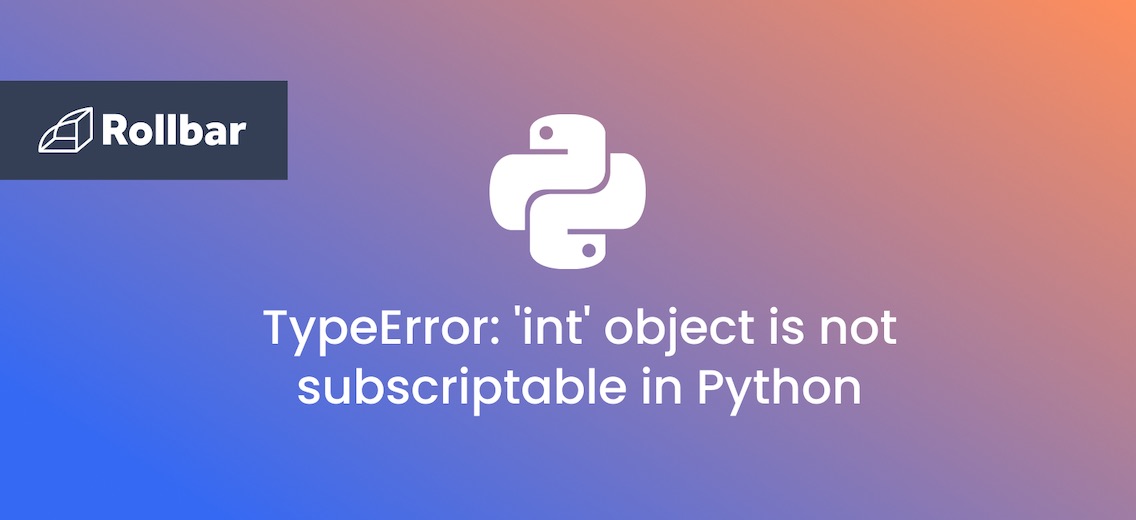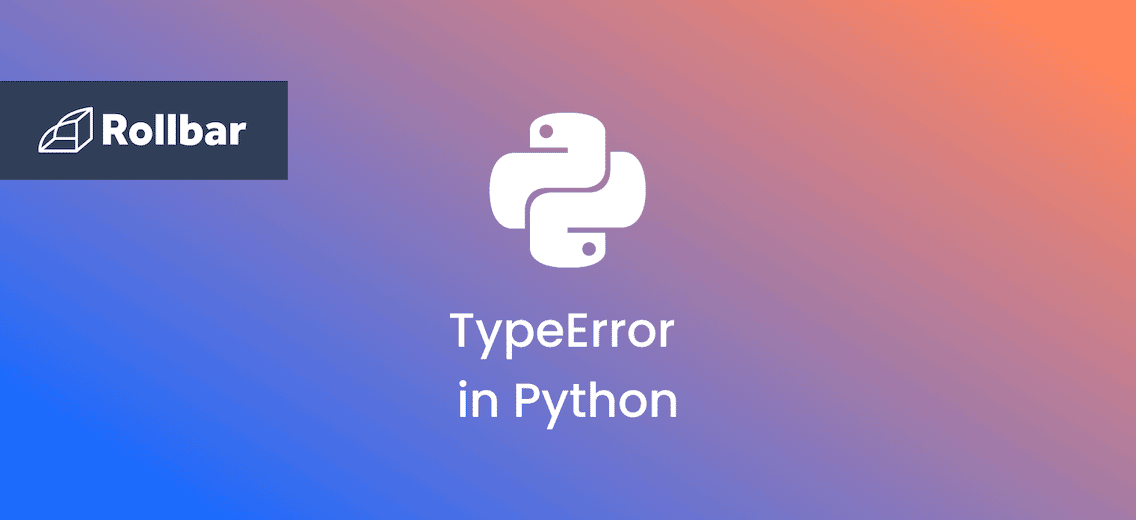The error 'int' object is not subscriptable occurs when you attempt to use indexing or slicing on an integer, a data type which doesn’t support these operations.
An integer in Python is a data type that represents a whole number. Unlike lists or dictionaries, integers do not hold a sequence of elements and therefore do not support indexing or slicing.
For example, if x = 5 (an integer), and you try to do something like x[0], it's an attempt to access the first element of x as if x were a list or a tuple. Since integers don't contain a collection of items, this operation isn’t valid and you get a TypeError: 'int' object is not subscriptable.
Common scenarios leading to the error
Sometimes, you might unintentionally assign an integer to a variable expected to hold a list or tuple. When you later try to index this variable, Python throws the error.
# Initially, the variable is expected to be a list or tuple
data = [1, 2, 3]
# Later in the code, the variable is unintentionally changed to an integer
data = 10
# Attempting to index the integer as if it were a list or tuple
element = data[0]
'int' object is not subscriptable
Another common way this could happen is if a function is expected to return a list or tuple but instead returns an integer. Then any subsequent attempt to index this return value will result in the error.
def get_data(condition):
"""
This function is expected to return a list or tuple,
but under certain conditions, it returns an integer.
"""
if condition:
return [1, 2, 3] # Returns a list
else:
return 42 # Returns an integer
# Function call with a condition that leads to an integer being returned
result = get_data(False)
# Attempting to index the result, which is an integer in this case
first_element = result[0]
'int' object is not subscriptable
Solutions to resolve the error
There are a few things you can do to fix the 'int' object is not subscriptable error:
- Ensure the variable you are indexing is the correct type. Before performing indexing, you can check if the variable is a list or tuple:
my_var = [1, 2, 3] if isinstance(my_var, (list, tuple)): print(my_var[0]) - Confirm that your functions return the expected data types, especially when you’re using conditional logic and different types might be returned.
- Use error tracking tools and logging (try Rollbar) to trace your variable types throughout the execution of your program. This can help identify where the mismatch occurs.
Conclusion
The TypeError: 'int' object is not subscriptable error in Python typically happens due to a type mismatch where an integer is mistakenly treated as a subscriptable object like a list or tuple. To prevent this, it's crucial to consistently check data types, especially when dealing with dynamic or complex data structures.
Track, Analyze and Manage Errors With Rollbar
Managing errors and exceptions in your code is challenging. It can make deploying production code an unnerving experience. Being able to track, analyze, and manage errors in real-time can help you to proceed with more confidence. Rollbar automates error monitoring and triaging, making fixing Python errors easier than ever. Try it today!








